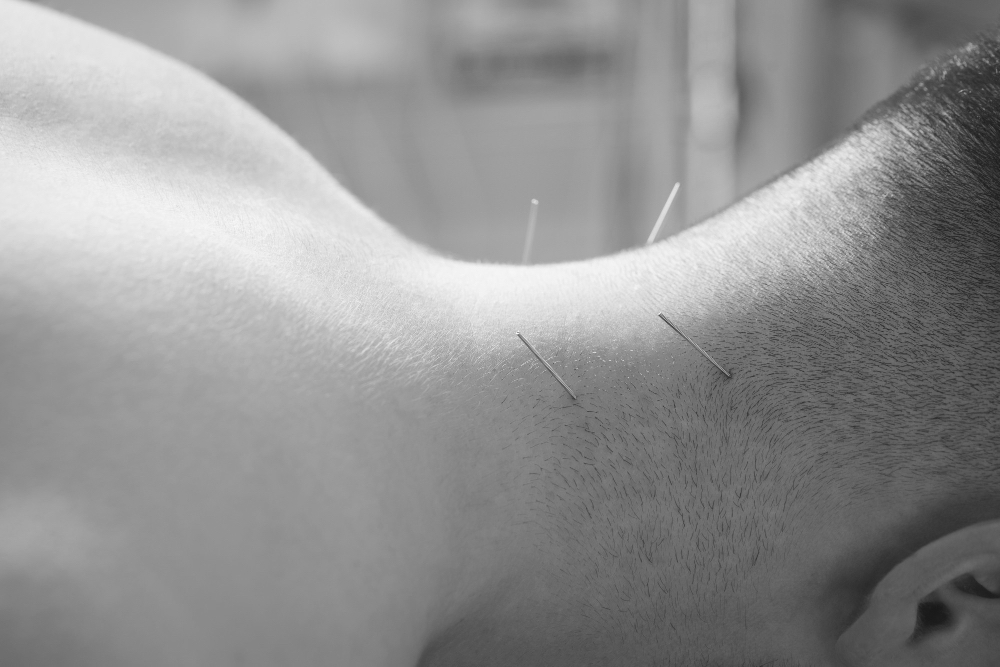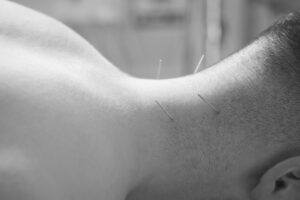In the evolving landscape of pain management and holistic health, acupuncture and dry needling have carved significant niches for themselves. While they both involve the insertion of thin needles into specific points in the body to alleviate pain and promote healing, they stem from fundamentally different philosophies and approaches to health and wellbeing. Understanding the distinct nuances between acupuncture, a pillar in Traditional Chinese Medicine, and dry needling, a modern adaptation grounded in Western medicine, is essential in deciphering which approach could be the golden standard in holistic treatment. Let’s delve deeper into the core of both practices to appreciate their individual strengths and unique approaches to healing.
Here’s a succinct overview of the differences between acupuncture and dry needling:
1. Origin:
Acupuncture: A traditional Chinese medicine practice that is thousands of years old, focusing on balancing the body’s energy (“qi”) by inserting thin needles into specific points along energy pathways or meridians.
Dry Needling: A modern treatment derived from Western medicine principles, primarily aimed at addressing musculoskeletal issues by inserting needles into trigger points or muscle knots to relieve pain and stiffness.
2. Approach:
Acupuncture: Follows a holistic approach, treating the entire body system and even addressing emotional and psychological issues.
Dry Needling: Generally adopts a more focused and localized approach, targeting specific areas of muscle tension and pain.
3. Procedure:
Acupuncture: Involves inserting needles at various depths into specific acupuncture points to influence the flow of energy in the body and promote healing.
Dry Needling: Involves inserting needles directly into trigger points or muscle knots to release tension and reduce pain.
4. Benefits:
Acupuncture: Apart from treating pain, it also helps in reducing stress, improving immune function, and promoting overall wellness.
Dry Needling: Primarily used for pain relief and to improve muscle function and mobility.
5. Training:
Acupuncture: Practitioners usually undergo extensive training in traditional Chinese medicine concepts and techniques.
Dry Needling: Practitioners may be physical therapists or other healthcare providers with training in the anatomical and physiological aspects of the body, without the need for training in traditional Chinese medicine.
In conclusion, both acupuncture and dry needling serve as vital tools in the holistic health toolbox, each offering unique approaches and benefits in the realm of pain management and wellness. While acupuncture draws from a deep well of ancient Chinese medical philosophy, offering a holistic pathway to healing, dry needling caters to modern-day needs grounded in anatomical understanding, providing targeted relief for musculoskeletal issues. Acknowledging the strengths of each technique allows for a richer understanding and a more nuanced approach to health and wellness, steering us closer to a world where well-being is not just a goal but a tangible reality.






